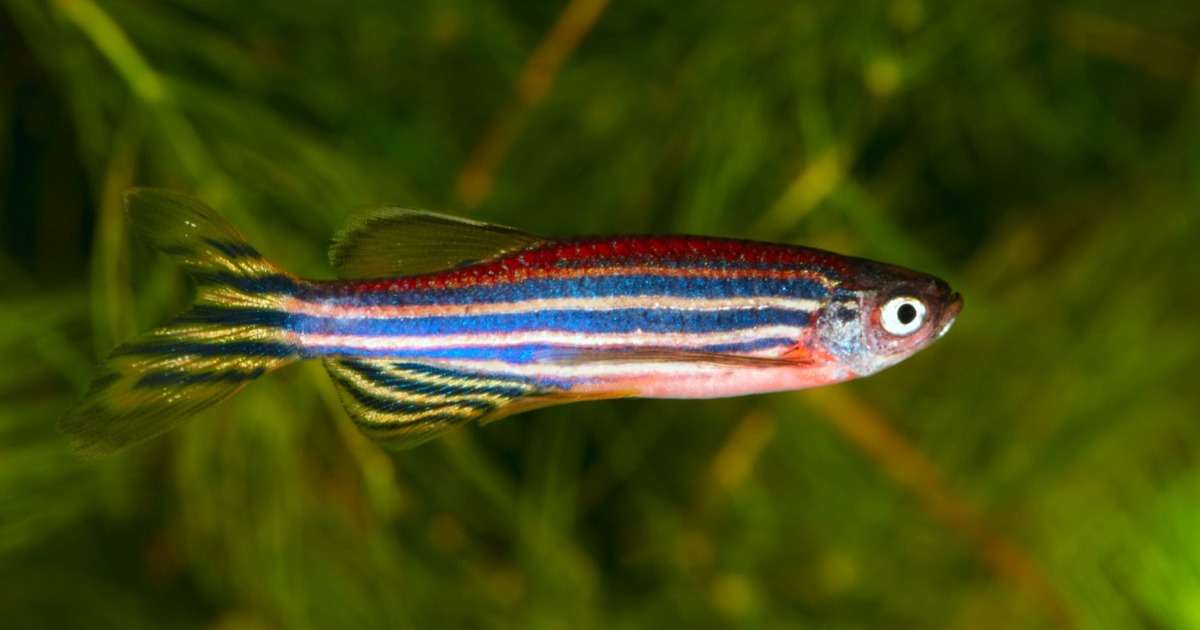
How optogenetics is used to study the stress response in zebrafish larvae
Stress might seem like a bad word, but it does have its perks. A recent study by Rodrigo J. De Marco uncovered the role of the pituitary in zebrafish larvae behavior after the onset of stress.
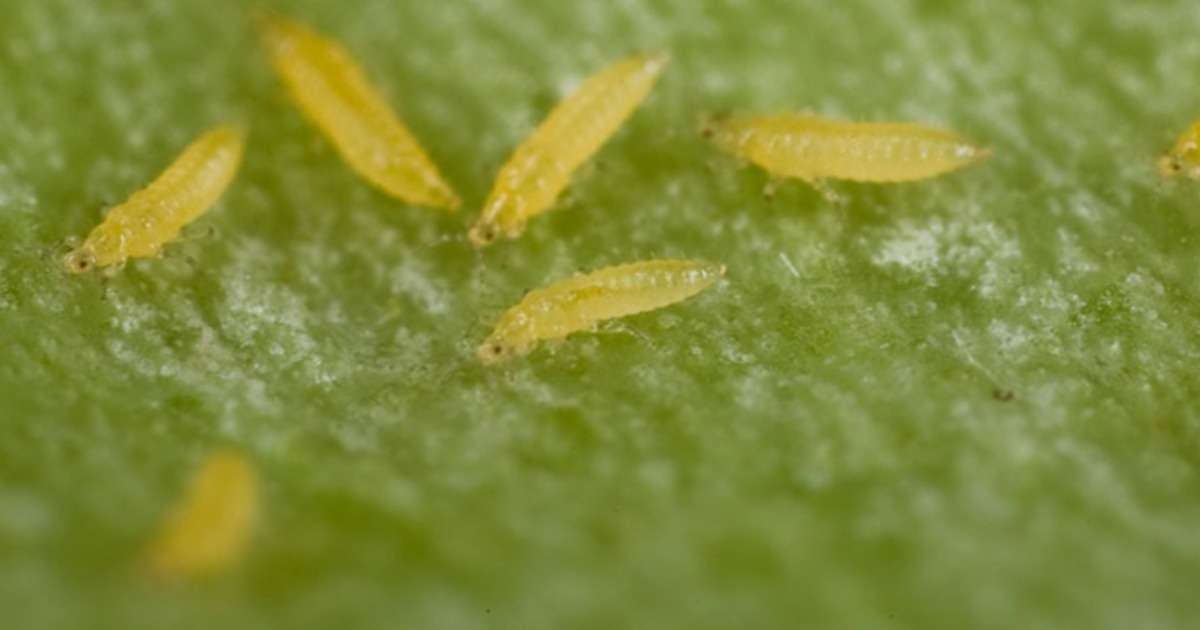
Video tracking for high-throughput screening of plant resistance to thrips
A thrips is a tiny insect that can have a not-so-tiny effect on plants. A lot of research is currently carried out on how to get rid of these creatures.
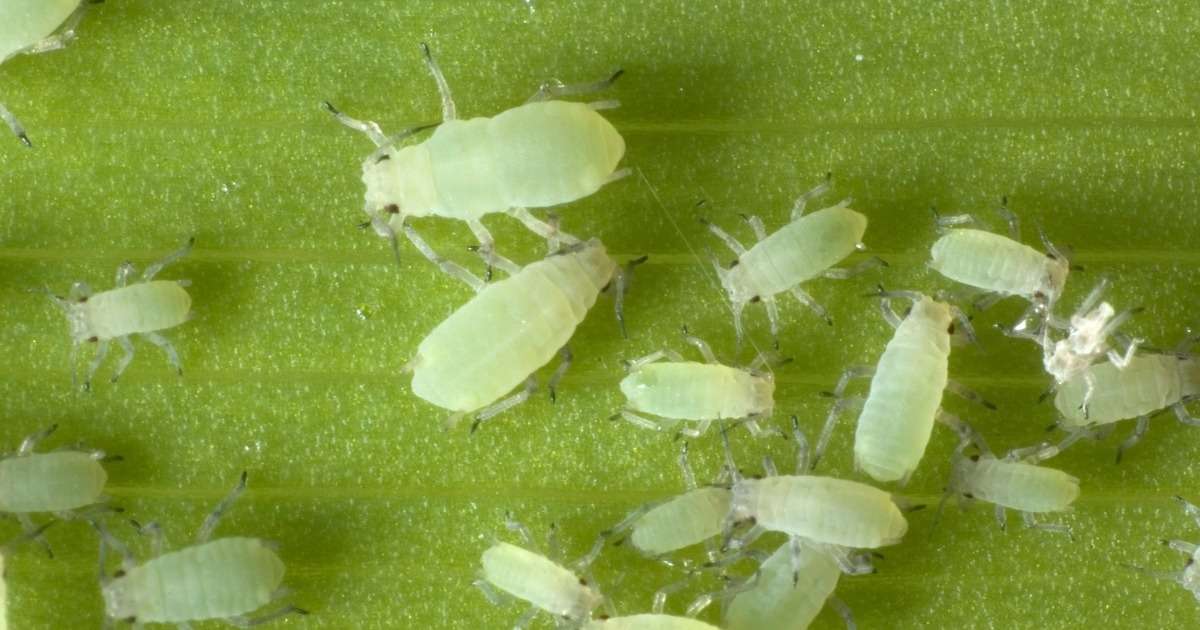
High-throughput screening of plant lines for resistance to pest insects
The EthoGenomics project focused on screening for host plant resistance to insect pest species. Video tracking provides the possibility to scale up the screening method largely.
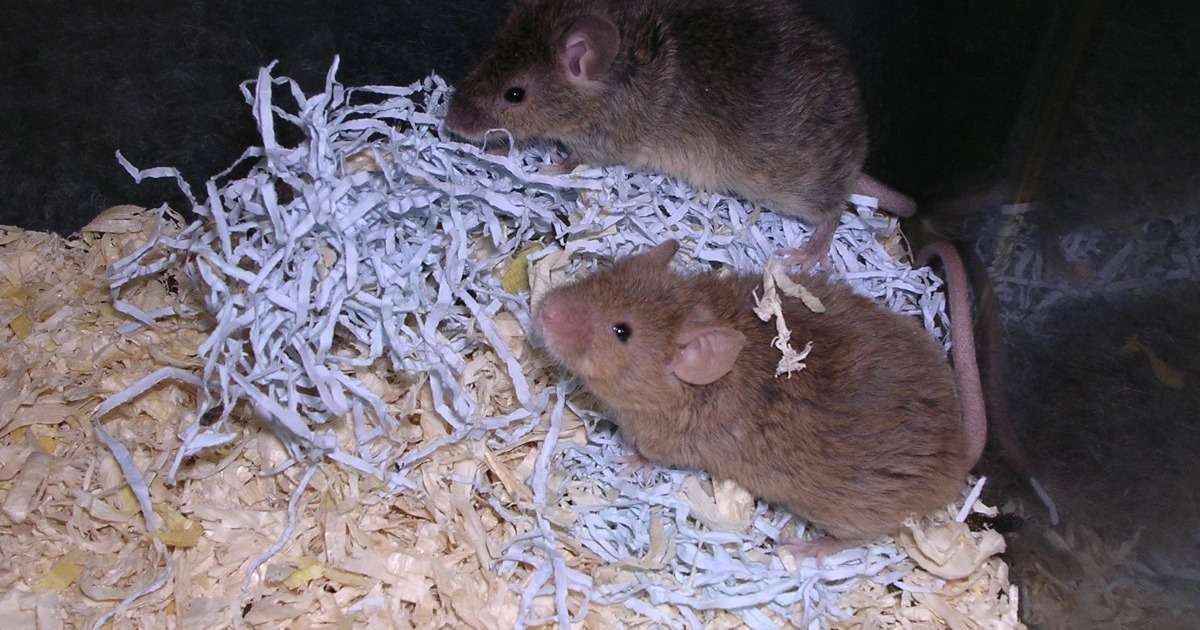
The use of video tracking in a HaXha test
When you get used to something, after a while you might not notice it anymore. Like a sent. The lab of Justus Verhagen investigated sniffing behavior with video tracking.

The bat - moth aerial battle in 3D
Moths arrived first on the evolutionary stage; when much later on bats appeared with their sophisticated apparatus for echolocating prey, moths were forced to change or die.
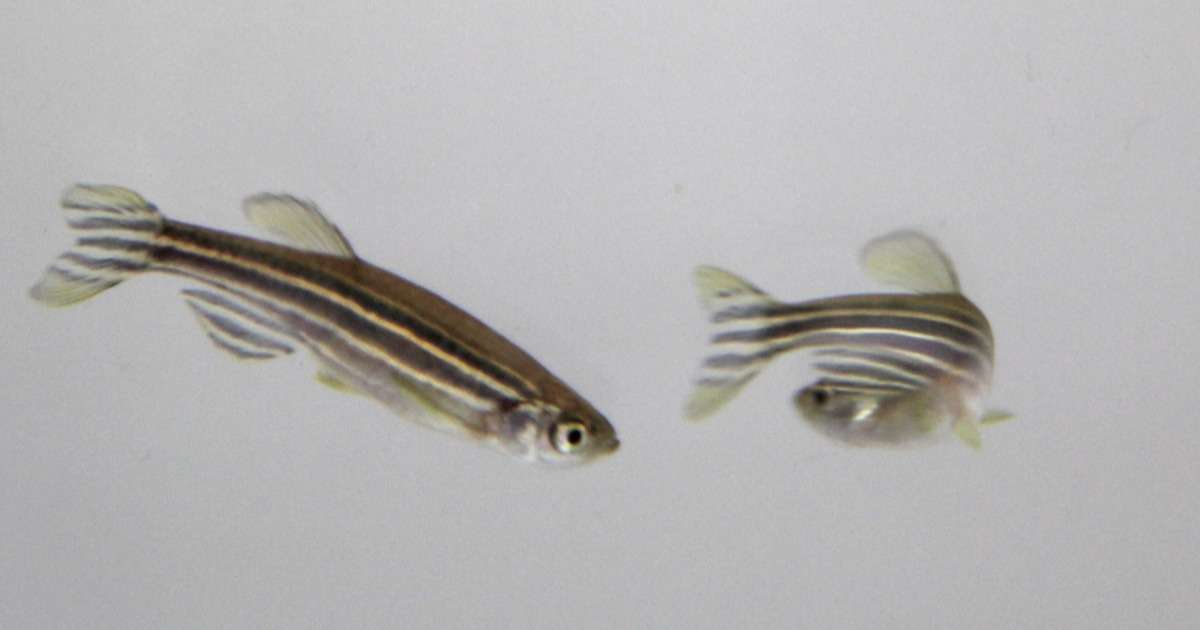
How to measure complex exploratory behavior in larval zebrafish
Behavioral tests as the open field may overlook complex patterns of behavior. Today our guest bloggers explain about a new set-up for zebrafish larvae.

EthoVision XT and the open field test
Imagine you are dropped in the center of a wide open field. Would you explore the entire area? Or hunker down around the edges, fearing predators and other unknowns?
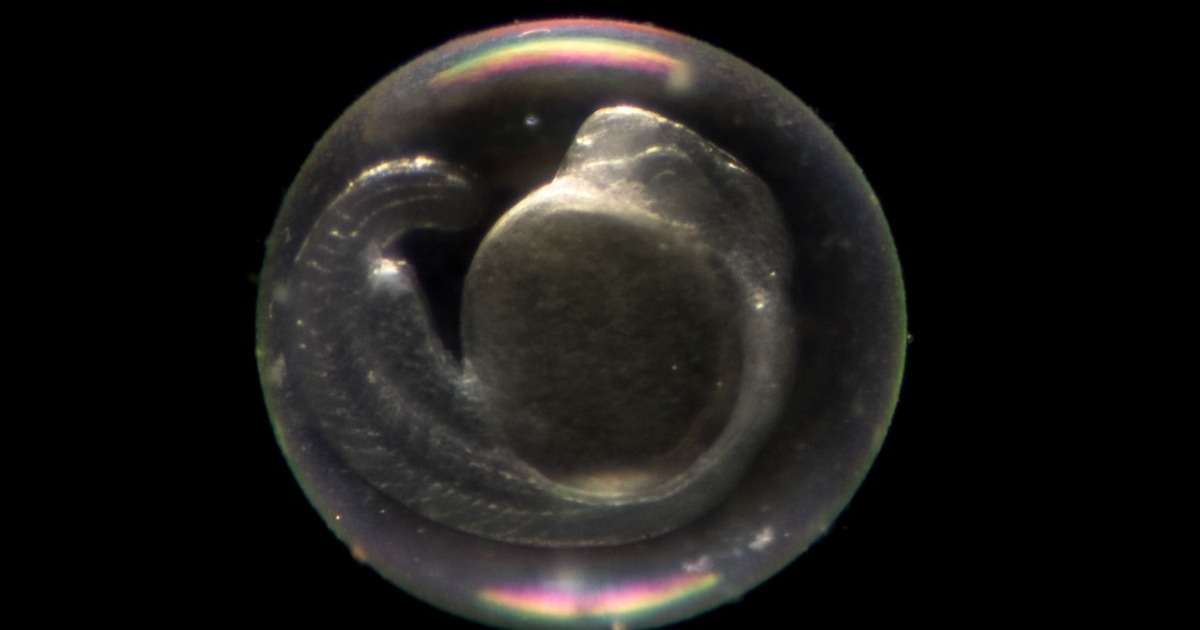
4 Facts about zebrafish and zebrafish larvae
Did you know that zebrafish larvae are able to detect minute movement in the water and that zebrafish are better than fruit flies? Read all 4 facts!
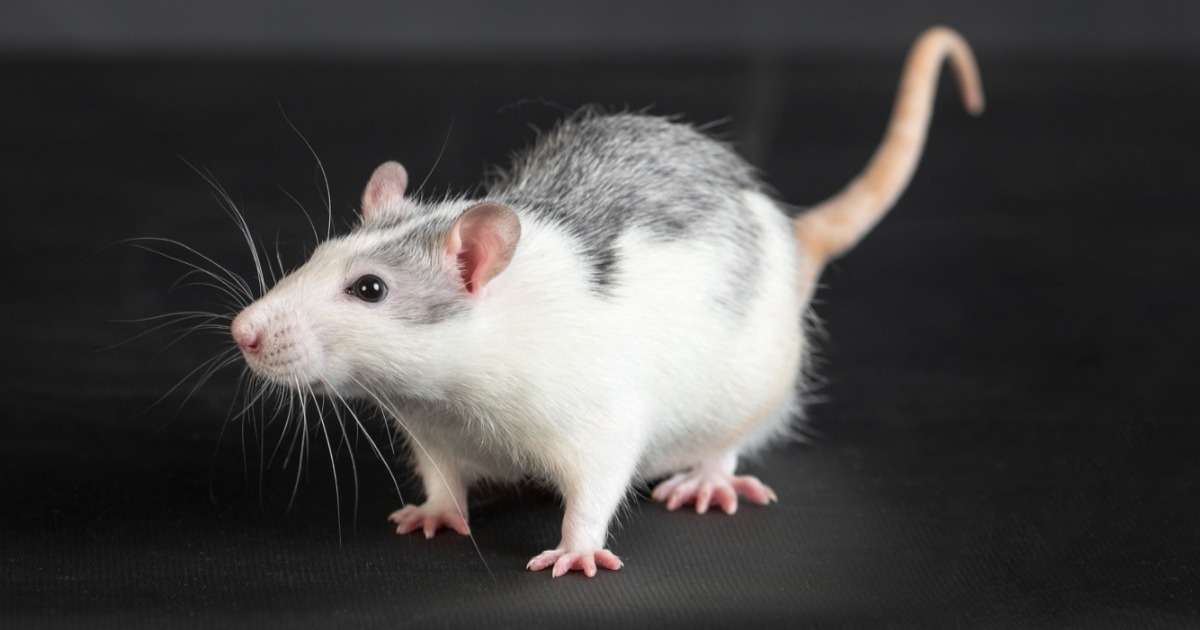
How sleep heals the brain
We sleep a large portion of our lives. And now researchers have proven that it can heal the brain.
